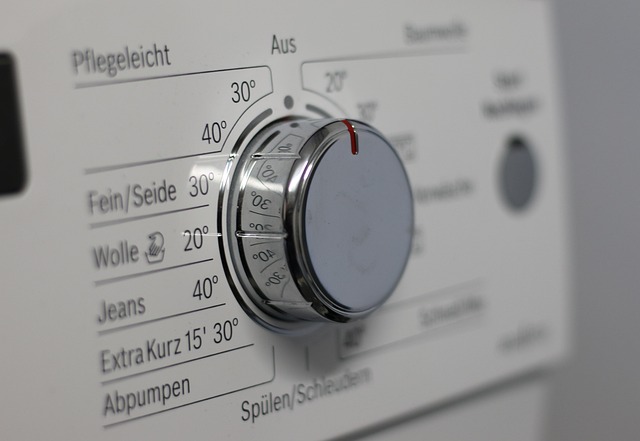Raccoons in your Lakewood attic pose health & structural risks, requiring early identification of signs like noises, droppings, gnawing & torn insulation. Prompt action, including good hygiene & professional wildlife control, is crucial to prevent infestations & mitigate dangers from leptospirosis, salmonellosis, wiring damage & costly repairs. Seal entry points with metal screens or shims to deter raccoons and maintain a secure home environment.
“Are you concerned about potential wildlife intruders in your Lakewood home? Specifically, signs of a raccoon infestation in your attic? This comprehensive guide addresses exactly that. Raccoons, known for their cunning, can cause significant damage if left unchecked. Recognizing their presence early is crucial. We’ll explore the dangers of unaddressed rodent entry and equip you with effective wildlife control and sealing strategies to protect your home. By understanding these tactics, you’ll be able to safeguard your Lakewood attic from unwanted visitors.”
- Recognizing a Raccoon Infestation in Your Lakewood Attic
- The Dangers of Unaddressed Rodent Entry
- Effective Wildlife Control and Sealing Strategies for Your Home
Recognizing a Raccoon Infestation in Your Lakewood Attic

If you suspect a raccoon has taken up residence in your Lakewood attic, it’s crucial to identify the signs early on. Raccoons are adept at finding entry points and can cause significant damage once inside, especially if they’re nesting. Look for evidence of their presence like scattered items or discarded debris in your attic space. These mischievous mammals are known to leave behind grease marks from their hands as they move around, so keep an eye out for any unusual smears or tracks.
Another telltale sign is the sound of scurrying or clicking noises coming from above, especially during the night when raccoons are most active. You might also notice a strong, musky odor, which is a result of the oil secreted by their fur and can linger in enclosed spaces. Additionally, raccoons often leave behind droppings, which can be identified by their distinct shape and size, and may be visible near entry points or along walls inside your attic.
The Dangers of Unaddressed Rodent Entry

Unaddressed rodent entry can pose significant dangers and lead to costly damages, especially within residential areas like Lakewood. Signs of a raccoon infestation in your attic are not just an annoyance; they indicate potential health risks and structural harm. Raccoons are known carriers of diseases such as leptospirosis and salmonellosis, which can be transmitted through their droppings or urine. Moreover, their insatiable appetite for food leads them to chew through insulation, electrical wiring, and wood, causing extensive damage that might require expensive repairs.
Early indications of a raccoon infestation include unusual noises coming from the attic during night hours, visible droppings near entry points, and signs of gnawing on wires or other materials. If left unaddressed, these rodents can multiply rapidly, leading to larger infestations. Homeowners in Lakewood should be vigilant about maintaining good home hygiene and promptly seeking professional wildlife control services upon detecting any of these signs to prevent these dangers from escalating.
Effective Wildlife Control and Sealing Strategies for Your Home

Effective wildlife control and sealing strategies are essential for maintaining a secure home, especially when dealing with persistent invaders like raccoons. If you suspect a raccoon infestation in your Lakewood attic, identifying signs early is crucial. Look out for unusual noises coming from above, such as scurrying sounds or banging, which could indicate the presence of these elusive creatures. Additionally, check for torn insulation, chewed wires, or missing vents—all potential entry points that raccoons exploit to gain access to your attic.
Sealing your home against raccoon intrusion involves a multi-step process. Start by inspecting your roof and gutters for any gaps or tears where they might gain entry. Secure all openings with sturdy metal screens or shims, ensuring no space is left untapped. Further, examine the exterior of your house, focusing on areas like soffits, chimneys, and vents, commonly used by raccoons to access attics. By implementing these strategies, you can significantly reduce the risk of an attic infestation and maintain a peaceful living environment.
Recognizing a potential raccoon infestation early is key to avoiding significant damage. The signs, such as unusual noises, droppings, or scent, should prompt immediate action. Effective wildlife control and sealing strategies are essential to not only mitigating existing issues but also preventing future invasions. By understanding the dangers of unaddressed rodent entry and employing robust control methods, Lakewood homeowners can protect their attics and homes from these persistent intruders. Remember, timely intervention is crucial in minimizing attic damage and ensuring a safe, healthy living environment.
